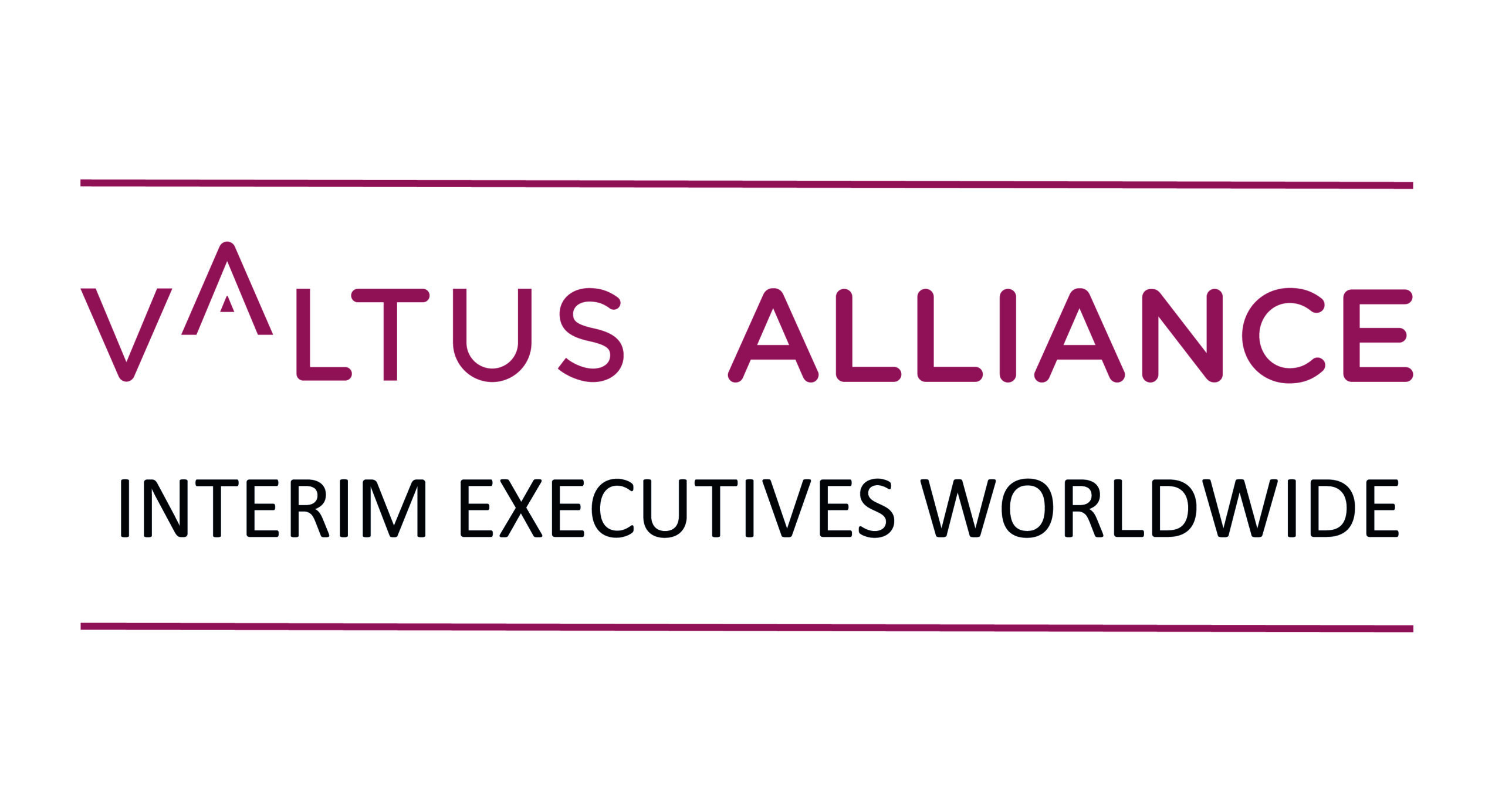Valpeo / Insights / Vertical Development
How vertical development is elevating organizations to new levels of awareness
June 12, 2023
In our rapidly evolving world, thinking outside the box and adopting a broad perspective has become imperative. Vertical development focuses on cultivating such thinking abilities, enabling individuals and organizations to reach new heights. In this blog, Fabiaan Van Vrekhem, managing partner and chairman of VALPEO, delves into the meaning and significance of vertical development.
Vertical development goes one step further
When it comes to lifelong learning, VALPEO and its subsidiary Accord Group place a strong emphasis on vertical development. But what exactly does this term entail?
“While classical horizontal development focuses on excelling in one’s job through knowledge and skill enhancement, vertical development goes a step further. It encompasses expanding one’s perspective, enabling individuals to think in more complex, systemic, strategic, and interdependent ways. This leads to the development of a heightened level of consciousness, empowering individuals to confidently tackle present and future challenges. As a result, they become more self-aware and attuned to their surroundings, understanding the impact of various evolutions and decisions.”
“This journey involves a continuous process of reflection, questioning why we do things a certain way as an organization, who we aspire to be for our stakeholders, and how we can maintain alignment with ourselves and others amidst a constantly changing context where everything and everyone is in flux.”
How can organizations integrate vertical development into their people-centric approach?
“Vertical development is closely intertwined with individuals’ cognitive and emotional growth, progressing through different stages at their own pace. Organizations should begin by creating awareness about this phenomenon and helping individuals identify their current stage. Conducting a ‘vertical assessment’ can provide valuable insights, serving as the basis for tailored coaching or learning programs. The subsequent step involves fostering the recognition that it is not merely about what individuals think, but rather how they think, feel, and act.”
How is this accomplished?
“Often, people are unaware of their own reactions, beliefs, and motivations. Vertical development allows individuals to understand why they perceive and organize things in specific ways. For instance, there is a fundamental distinction between reflecting on the ‘customer experience’ and integrating oneself into a customer’s lifestyle. While the former risks becoming irrelevant when competitors prioritize the latter, the latter significantly influences an organization’s continued relevance and viability.”
The advantages of vertical development
What are the key advantages of embracing vertical development?
“Vertical development grants individuals a broader perspective on various aspects. It enhances their communication skills, promotes dynamic learning, and maximizes collective intelligence, as individuals gain insights from diverse angles and develop a better understanding of others. People gain a heightened awareness of ongoing evolutions and comprehend why what works today might not work tomorrow. Technology, customer needs, value frameworks, and beliefs all evolve, necessitating a deeper comprehension of associated mental models.”
“Moreover, vertical development fosters self-awareness. Individuals realize they have the ability to architect or orchestrate how they shape and organize things, allowing them to find personal meaning and authenticity. Ultimately, this leads to heightened levels of maturity.”
Can individuals effectively tackle complex challenges through vertical development?
“Absolutely, if individuals are motivated to embrace this new perspective. Vertical development empowers individuals to consider that the nature of a problem might change tomorrow. It prompts individuals to question the necessity of immediate improvements when they might become irrelevant shortly. With vertical development, leaders are equipped to make better decisions in complex situations.”
Understanding the dynamics
To sustain vertical development, how can organizations effectively nurture employees’ passion for their work?
“The passion for one’s job and individual perspectives stem from underlying motivations. It’s important to understand what work means to each individual and what they aim to contribute. For some, work serves as a means of learning, while others see it as a form of self-expression, validation, or group affiliation.”
“Organizations must comprehend their employees’ unique value frameworks. By aligning with these drives, organizations can create a flow among employees, transforming work into a source of passion. This passion can be nurtured by offering challenges and roles that align with the complexity individuals can handle, excite them, and allow them to be themselves. In practice, fostering this passion is often a shared responsibility, requiring mutual accommodation between employers and employees.”
What lies ahead for the evolution of vertical development in the coming years?
“Horizontal and vertical development must go hand in hand. Relying solely on horizontal development restricts focus to what may seem relevant today. To truly comprehend the dynamics of the context, development must stem from a heightened awareness of all influencing factors. Horizontal development naturally follows as individuals develop a new motivation. In essence, vertical development becomes indispensable and remains a lifelong process. There are always new levels of maturity to be achieved within vertical development.”
Want to know more about vertical development and what it means to your organization?
>> Get in touch.
Subscribe to Ripple, the newsletter
Gain expert advice, innovative strategies, and actionable insights to drive sustainable growth and empower your organisation to thrive in today’s dynamic business landscape.


